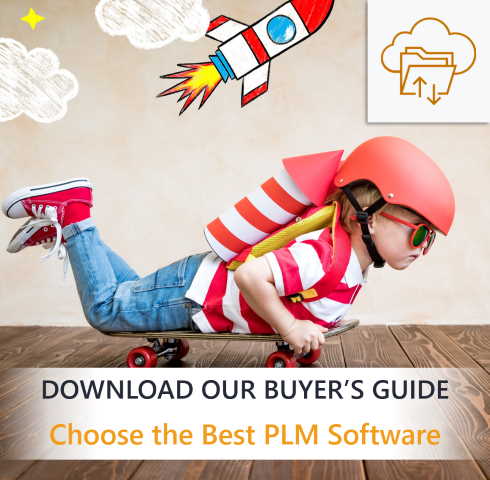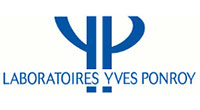
1. What is PLM software’s most important concept to remember / grasp?
The most important benefit of a PLM solution, and what all of its other features are based upon, is building a single version of the truth.
We detail this subject thoroughly in our solution brief “From specification management to information continuity”.
Basically, if you ever told yourself one the following:
– “I have to chase and compile data before I can actually work.”;
– “We have too many validation protocols and it slows us down.”;
– “Once information is captured, I can not modify it or reuse it for new projects.”;
chances are high your main concern / priority should be to consolidate product and project related information management.
2. What is PLM software’s hardest concept to grasp?
We identify two hard-to-grasp PLM concepts, that are somehow connected.
The first one is the added value to see and integrate the PLM as a holistic solution. A PLM technology expresses its full value when it is used as the single, at least central, solution for product development and is able to encompass all of its aspects. Sure, some PLM vendors will provide you with a perfectly satisfying formulation tool. However, considered as an add-on to what you already have, it will show a very limited interest on the long-run, as you won’t enjoy the end-to-end information continuity that comes from a comprehensive PLM solution. Furthermore, deciding afterward to shift your product development management onto the brick(s) of PLM technology you implemented will require a cumbersome rework of what has already been done. This does not mean, however, that you can not implement your PLM solution progressively, module by module. This actually is the wisest and most common way to proceed.
The second concept is that a PLM solution, at the same time, structures your work and requires work to be structured. Its holistic approach will require time for you to understand, make yours and translate into your own business processes and requirements. It will shine a new light about your NPD activity. Also, you will need to structure your PLM solution so it reflects your specific NPD needs and requirements. It must become a cross-mission between all your product development teams and will only be as good as what you do out of it.
3. What is PLM software’s greatest limitation?
PLM software’s greatest limitation may be its ease of implementation. There is nothing technically insurmountable in it but it requires time and thinking to be successfully planned and operated. This success is within the reach of every company that understands the importance of truly engaging their teams.
A related issue lies in the lack of true PLM expertise on the market, even deeper for specific segments such as CPG manufacturing, compared to more popular technologies like ERP (Enterprise Resource Planning). As we discuss it in our Buyer’s Guide: Choosing the Best PLM Software, you must only commit with a supplier able to show proof of expertise in your industry. However, when projects grow big, market seasonality happens, people join and leave companies, etc. the PLM market still suffers a small “expertise safety net”.
As every manufacturer witnesses some sort of seasonality in their activity, the same kinds of constraints occur in the software market. You should make sure your supplier correctly anticipates the workload brought by your project. And it may be wiser to choose a provider honest enough to state he will only be able to take on your project two months from then. Rushing the start of an understaffed- applicable to both sides- PLM project will lead to more trouble than the mere frustration from waiting couples of weeks.
4. What is PLM software’s maintenance need?
Your PLM software’s maintenance need will mainly depend on the choice you made of an on-premise or cloud solution.
Here is an extract of our blog post that sums up the question of maintenance : “If you have the internal expertise, available workload, appropriate hardware and an emergency-proof organization, on-premise solutions can definitely be your “go for”. However, if, for any reason, your IT Managers don’t have any bandwidth, your IT physical infrastructure is not robust enough for a PLM database or you simply would not know how to react in the scenario of a security breach, you should consider externalizing the hosting of your cloud PLM solution.”































